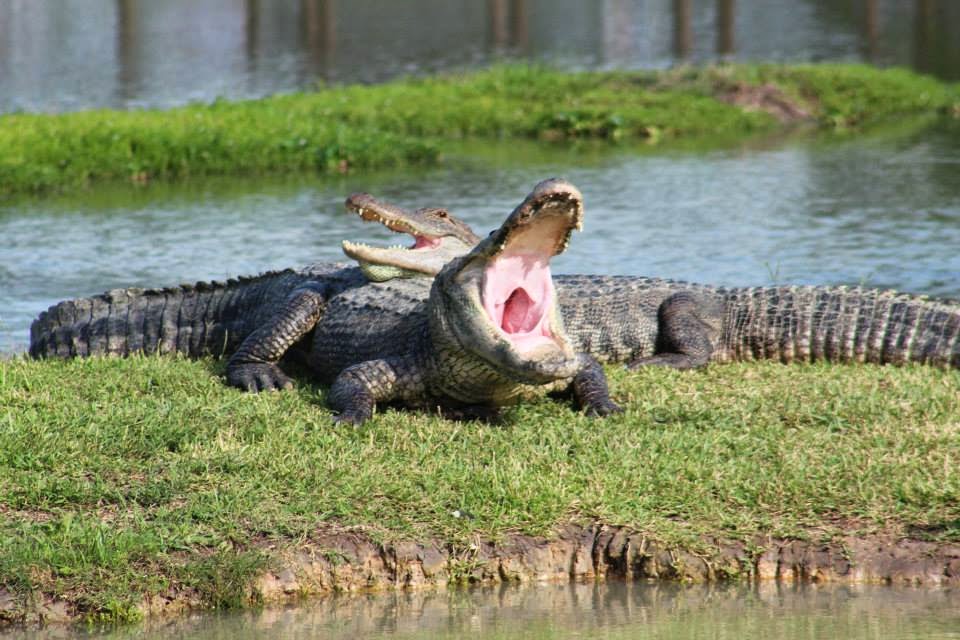by Hunter Byrd
Bats are some of the most unique and fascinating creatures on the planet. They are the only mammals alive today that can truly fly. When their toes are curled is when they are actually relaxed, which explains how they are capable of sleeping upside down. Of all mammal species, bat species make up nearly a fourth of them. Along with dolphins, they use echolocation to hunt their prey. Their poo or guano is the most valuable fertilizer in the world and bats help pollinate various different species of fruit trees that you and I call food. If you don't like mosquitoes, then you definitely want bats around your home. A bat like the one pictured below can eat up to 1,000 mosquitoes in an hour and can live around 40 years. That's a lot of mosquitoes!
For many people, bats symbolize fear and disease. The old legend of Dracula turning into a bat doesn't really help their image. This is based from the fact that vampire bats actually do drink blood from their hosts. More often than not, these hosts are livestock, but every once in a while a person gets bit while they are sleeping. There are three species of vampire bats whose sole diet is the blood of other animals. These bats don't actually suck the blood from their hosts, rather they have evolved teeth that puncture the flesh just enough for the animal to start bleeding and then they lick it up. When feeding on cattle, the animals' skin is so thick that they don't even notice and will sleep through the whole experience.
Unlike other bats, vampire bats are extremely unique in that they will share their food, but not in a way you would think. Vampire bats must consume around one ounce of blood per feeding and must feed at least once every two days or it will die. To stay alive, vampire bats will share blood that they have already consumed with other members of their colony who weren't so successful that night. That's right, they regurgitate it for the other bats to eat and survive. Mmmm, yummy!
Unfortunately, like frogs, bats are in serious trouble and suffering from a fungus that is spreading across their ranges here in North America. This is the white-nose syndrome Pseudogymnoascus destructans, a disease or fungus that infects mostly hibernating bats. Infected bats typically show a white coating on their noses, but may also have it on their wings and ears. This disease is critical as it kills nearly 100 percent of all infected animals. This makes it very important that people don't unintentionally bring WNS from one colony to another while exploring bat habitats, such as caves.
 |
| Little brown bat with WNS Photo from Google Images |
There are many things you can do to help support bats and their conservation. The first thing is to not destroy their homes or alter their food supplies. If there are not any places for them to find a home in your area, then it's possible to make a home for them. Bat boxes (similar to a bird house) can house a small colony of bats to keep in your area. Furthermore, do some research and learn more about what makes these little guys special and helpful. They are not by any means as scary as Batman believed them to be.



















